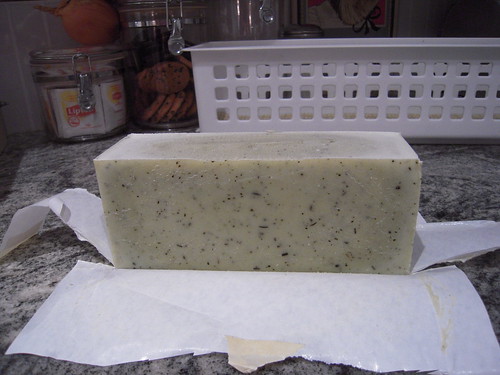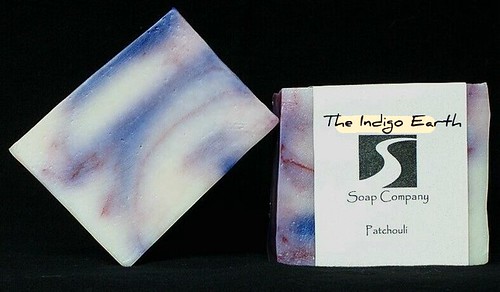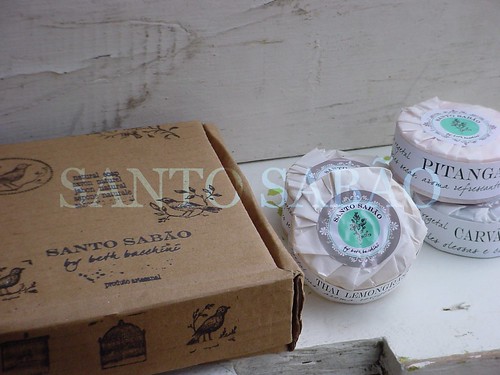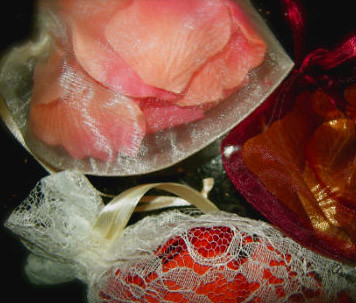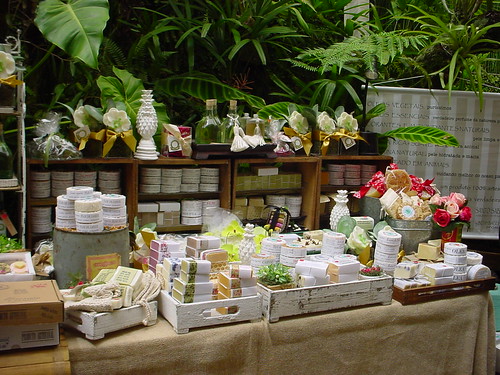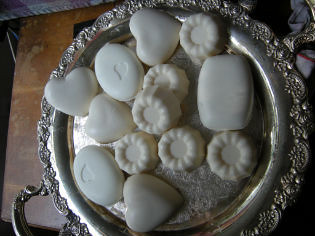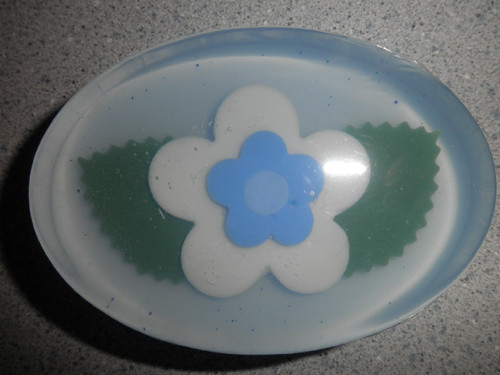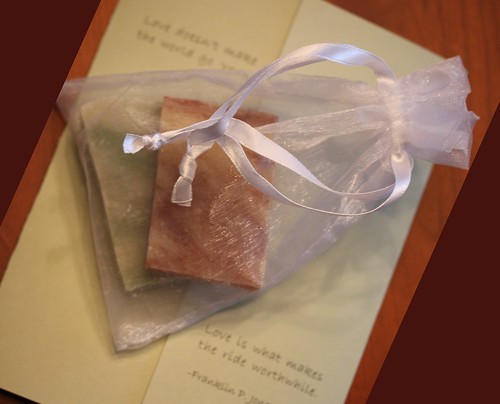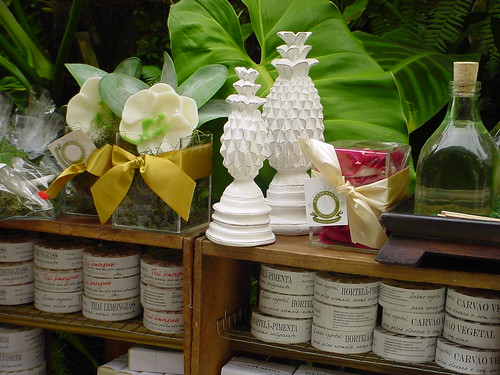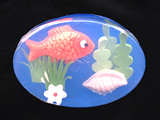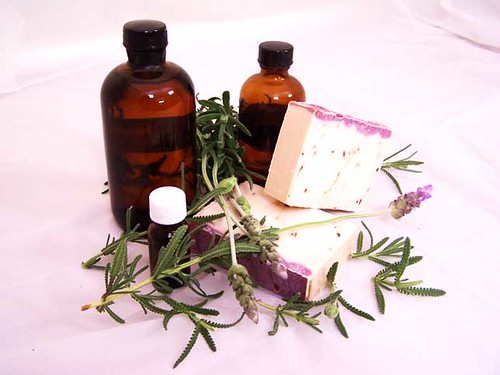
As most of you may know, hypoallergenic soap generally refers to cleansing products that have few chemicals in them that would set off an allergic reaction. While hypoallergenic soap caters to the sensitive skin crowd, I would suggest that anyone, regardless of whether he or she suffers from common allergies, should be using hypoallergenic soap as it can better protect and soothe your skin. This will be especially so if you have a baby in the family.
While there is a higher price for such products, I strongly encourage the use of such soap for your face and skin care. However, some people may find that certain brands of soap, though stated as hypoallergenic, still do not suit their skin or their hair. It would thus be best to approach an authority on the issue such as a dermatologist should you value your health and beauty, but the majority of people tend not to invest the time and money to do so.
Therefore, I decided to pen this article to provide a form of aid for people wishing to select the right products for long-term use. I will be using 3 criteria I have chosen for the purpose of this article to better illustrate the process of obtaining the best hypoallergenic soap for your use.
Online Resources
Making use of online resources to research on hypoallergenic soap products is efficient if you know how to go about doing it. Official websites of soap brands are a good starting point to find out more about a certain soap product, and this may further allow you to get your hands on a list of its ingredients, which sometimes isn't found on product labels. (I will make further elaboration on how to evaluate a product through its ingredient lists in the "Ingredients" segment.)
A better way to evaluate hypoallergenic soap online would be to make use of reviews. For the purpose of obtaining genuine customer reviews, I would suggest going through Amazon.com. For those of you who do not know about Amazon, the site is an online merchant store which sells a whole variety of products that ranging from household items to electronic appliances. This resource allows you to get an idea of the top soap products in the market as well as what people think of them. Through a review system, satisfied (or unsatisfied) buyers are allowed to rate and comment on products they have used or purchased through the site. This allows you to sort the products by rating as well as gives you a glimpse of what most people think of the product.
Pricing matters
The natural health of your family is no doubt important and must be taken into account. However, this does not imply that you need to pay through the nose for a good hypoallergenic soap. In fact, you can often get a good bargain, even for high quality soaps. If you visited Amazon.com, then you probably already have a basic idea of how much a 3 pack of 3.2 oz hypoallergenic bar soap should cost. You should note that hypoallergenic soap tends to be a tad more expensive than normal soap but pricing should still be reasonable.
When you have found a suitable soap product, do not purchase it immediately. Look around and compare it to other products or see if it is sold someplace else to get a better bargain. This is especially important if you are using it on a long term basis because the savings you make could be significant. Finally, it is always helpful to go back to the product reviews. During my research on information for this article, I was going through the reviews of certain products on Amazon and found out that a US$2.89 Dial Basics Hypoallergenic Bar Soap, a 3.2 oz 3 pack, was nearly identical to a Dial Pure and Natural soap, but that cost several times more at about US$10. Moral of the story? It doesn't hurt to look at what others have to say.
Ingredients
I left the most important to last. That said, this should probably still be your last step in selection if you are trying to decide between 2 or 3 products after looking at the prices and reviews of a whole range of products. Information on the ingredients need not always be printed on product labels and the prospect of going through lists of ingredients to evaluate a product tends not to be terribly appealing to most. Therefore, I have left this to last, hoping that this can help you make a clear decision on which product you wish to purchase.
Fragrances and Colouring
These two should most definitely not be included in any hypoallergenic soap due to the high tendency that it could trigger allergic reactions. The one rule to be followed in the purchase of such soap products is to always look for natural ingredients, no animal by-products and no artificial additives, such as fragrances, dyes or preservatives. One possible soap to consider could be Pears Transparent Soap.
Oils
As abovementioned, natural oils are always preferred. In the case of hypoallergenic soaps, manufacturers usually use vegetable oils which can provide more nourishment in comparison to mineral oils. This is especially beneficial to those with eczema as it can reduce its symptoms. Vegetable oils also tend to be
Generally, you will see coconut, palm, olive, castor or even sunflower oil being used in these soaps. Luxury soaps may go as far as to include almond oil or cocoa butter. All these are almost the same and tend to be fine on the skin, the main difference being the scents that they will leave on your skin. However, if you are trying out a new soap using a different type of oil, I would suggest you apply the soap to the back of your ear and observe for any adverse effects for a day or two. This kind of skin test ensures that you do not damage your skin by accident.
Chemicals
Last but not least, this is a list of chemicals you should avoid at all costs, especially so if you have very sensitive skin. They usually wouldn't be found in hypoallergenic soap but it doesn't hurt to check before you use it.
Cocomidopropyl Betaine - skin irritation
Sodium Lauryl Sulfate - toxic to organ systems and may lead to irritation of skin, eyes, lungs
Butylated hydroxytoluene - May cause cancer and toxic to reproductive organs, immunotoxicity
By going through a host of selection criteria, I hope that this gives you a clearer picture of how to go about choosing your hypoallergenic soap. Some people hold the belief that exposure to chemicals in normal soap or detergent allows the immune system to become more robust. However, there is certainly no scientific evidence to support this. In fact, most dermatologists encourage the use of products without these chemicals, in other words, hypoallergenic soap, because it is a safer alternative. With this "pseudo buying guide," I think that you are more than capable of selecting a soap or body bath that will not only be safe for your family's use, but will also be gentle on your pockets.


